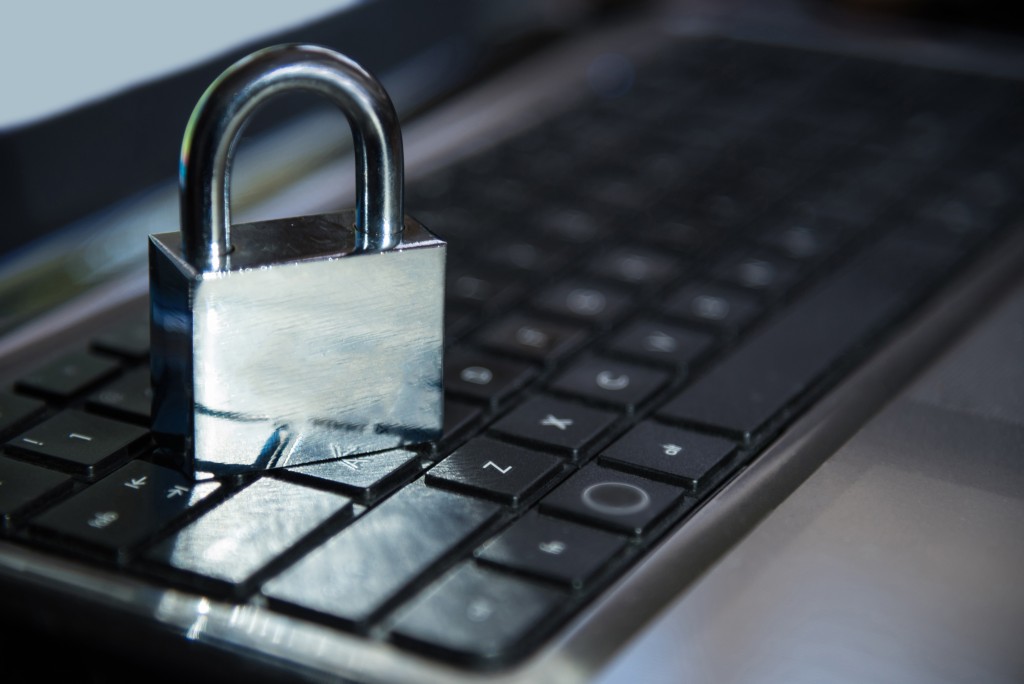The COVID-19 pandemic has greatly affected the world of work. Companies have been forced to implement remote work to ensure business continuity.
However, a rise in the incidences of cyberattacks during COVID-19 presents a threat to every industry. Phishing and ransomware attacks abound.
How can companies help their remote workers prioritize cybersecurity in the time of COVID-19? Here are a few suggestions.
Conduct proper training
While IT staff and high-level managers should be on top of cybersecurity issues, it doesn’t mean that this task should entirely fall on their shoulders. Employees throughout the organization must do their part as well.
Cybercriminals can exploit almost any vulnerability. Be it online conference calls between board members or an entry-level staff’s Wi-Fi connection at home. Hackers will find a way to infiltrate these systems.
To help everyone cultivate safe practices when working remotely, companies must invest time and resources in cybersecurity training. The latter can cover a range of topics (e.g. creating strong passwords, ensuring an internet connection is secure, etc.).
Staff who are more properly aware about these matters will ultimately help you implement your overall cybersecurity strategy.
Find a secure file-sharing platform
 In a remote work setup, online sharing of files will become more frequent. Many of these documents will most likely have sensitive information. Companies cannot risk exposing these files to unscrupulous cybercriminals.
In a remote work setup, online sharing of files will become more frequent. Many of these documents will most likely have sensitive information. Companies cannot risk exposing these files to unscrupulous cybercriminals.
Secure file servers and services provide you with an airtight platform to easily share documents without fear of being compromised. Working with a cybersecurity provider can help you build a custom platform that takes into account the unique needs of your company.
Alternatively, it’s not a bad strategy to go with prominent platforms like Microsoft’s OneDrive or Google Drive. For smaller companies with less staff, this may be a more cost-effective strategy to go with.
Use secure virtual meeting platforms
Aside from the having sensitive company info being leaked online, there’s also the possibility of hackers eavesdropping in virtual meetings. The surge in the use of virtual meeting platforms like Skype and Zoom will no doubt invite the attention of more online criminals.
Ideally, your company should be using a single platform to facilitate communication. This will help minimize security breaches in the long run.
However, before subscribing to a particular platform, have your IT staff go through all your options to see if security standards are met. Depending on the situation, you can also empower IT to make recommendations on which platform would serve everyone’s needs.
Prepare for the worst
There’s no guarantee that a particular cybersecurity measure will yield the expected outcome. Essentially, anything can go wrong. That’s why companies must create a business continuity disaster recovery plan or BCDR.
In the event of ransomware attacks or widespread infiltration, you need a BCDR to allow you to recover successfully.
A good place to start is routine data backups, which is at the core of a good BCDR plan. Ensure that you regularly back up company files. Have systems in place to enable staff to back up their important files.
Additionally, management should lay out clear next steps on how the organization can move forward after a cyberattack.



